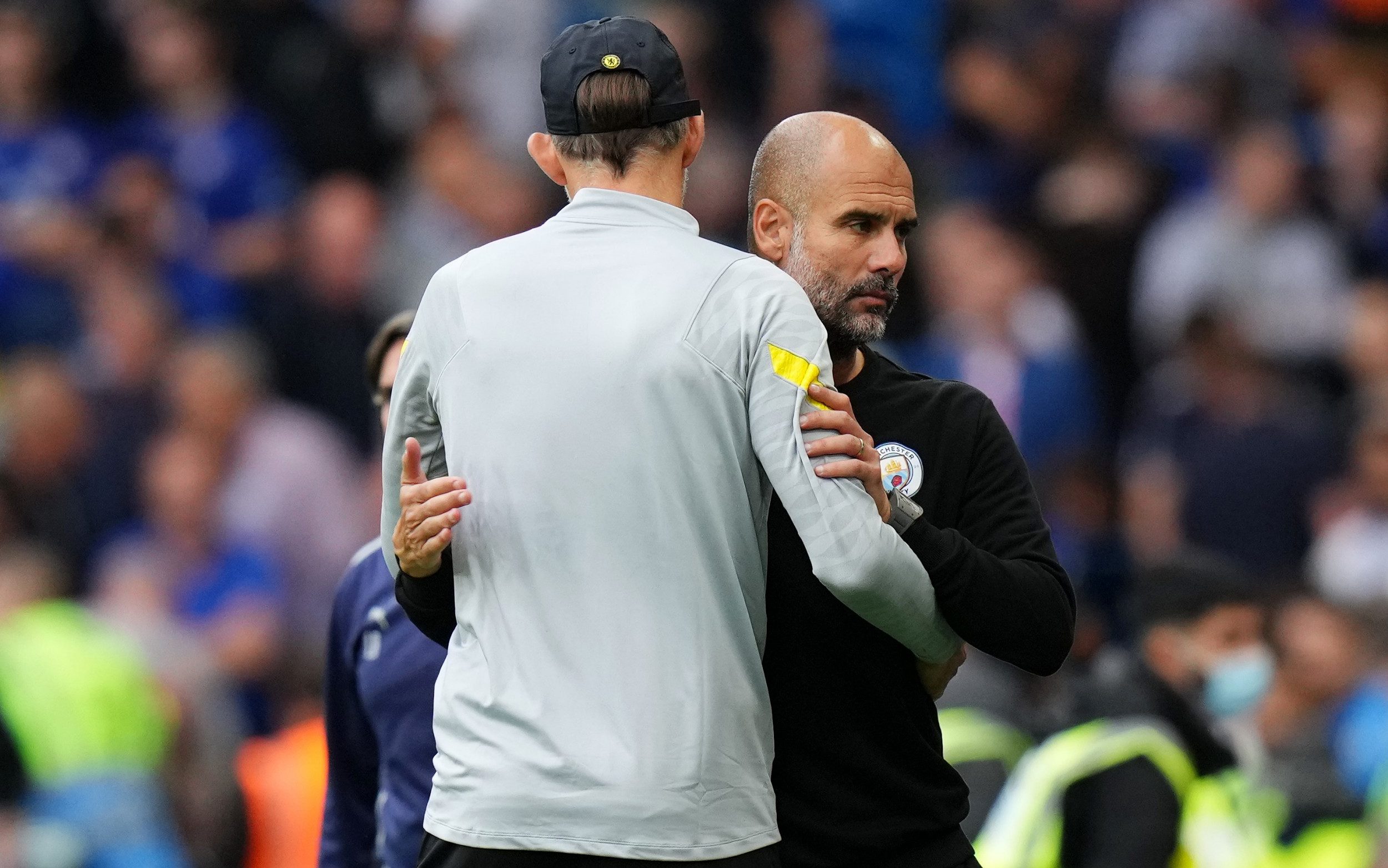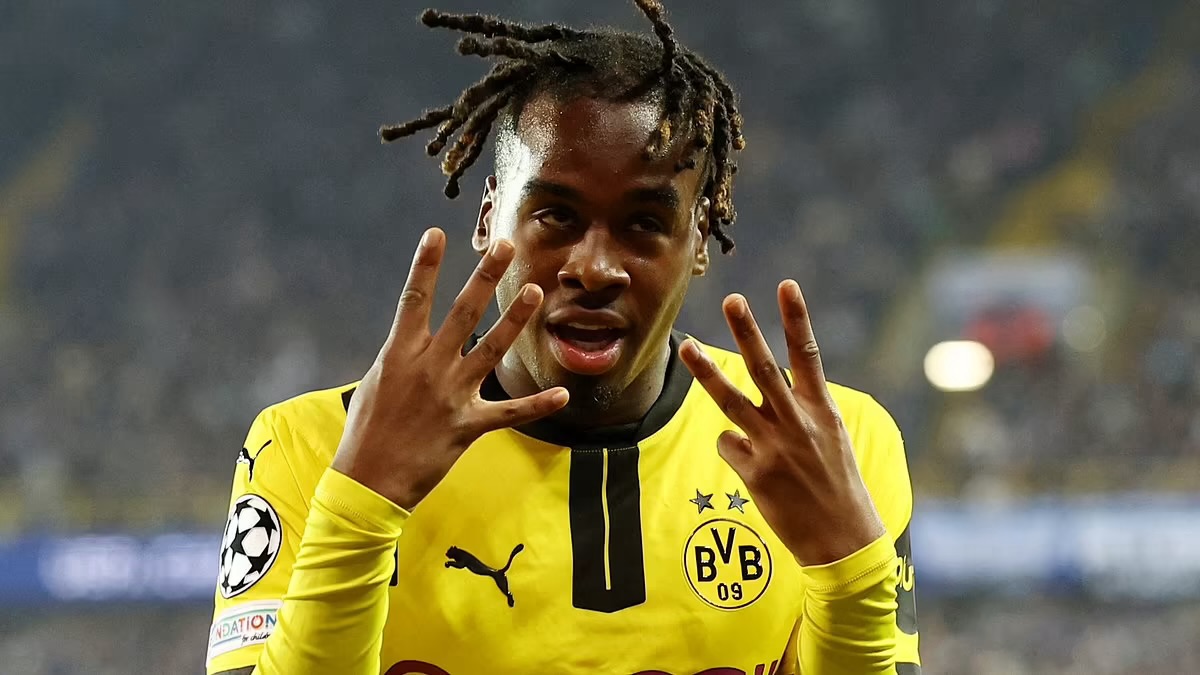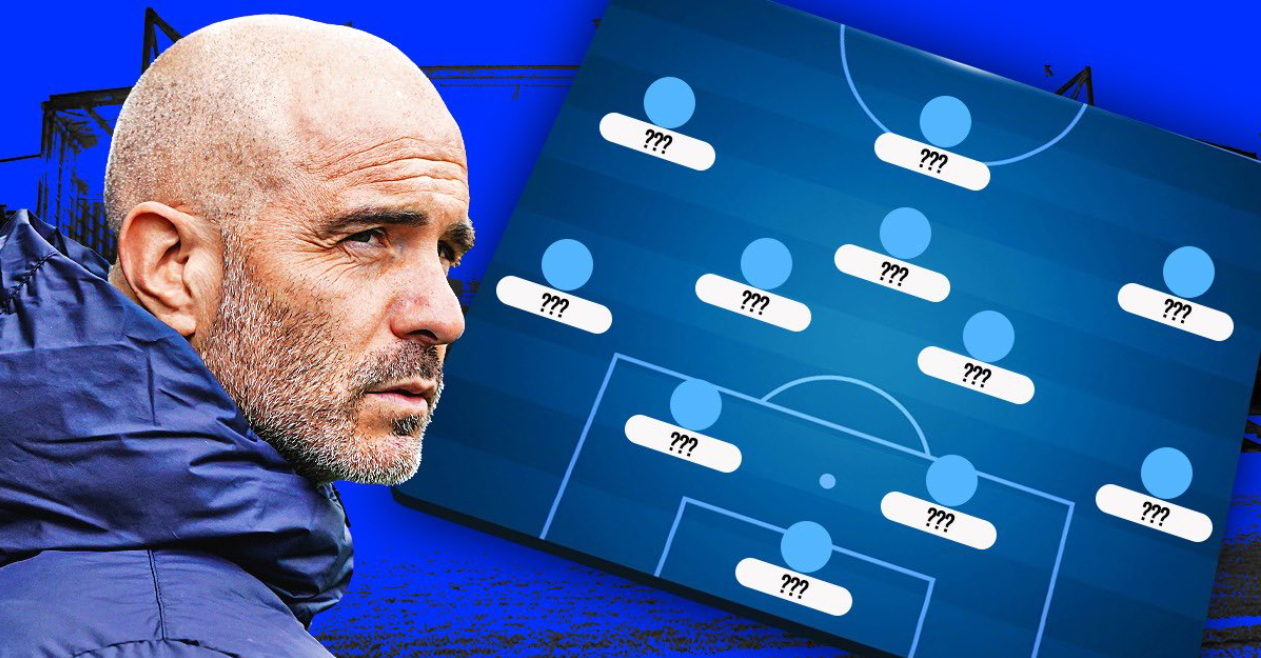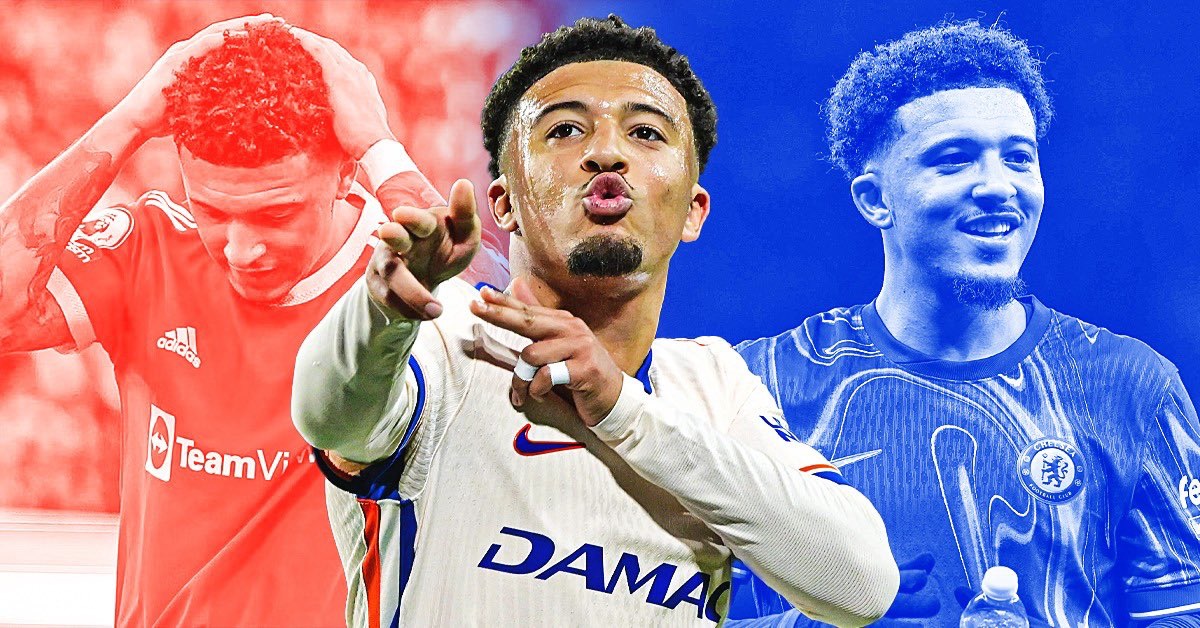Thomas Tuchel looked resigned to the same belief in his post-match interview, with the Blues having one of their worst games since the German took over. Manchester City were utterly dominant from start to finish, allowing the Blues just 7 touches in the Sky Blue penalty area – Chelsea’s lowest in seven years. So with that, here is our tactical analysis of how Guardiola’s City claimed such a dominant victory over Thomas Tuchel’s team.
MANCHESTER CITY – 4-3-3

Manchester City set up in their usual 4-3-3 formation, with changing roles between attacking and defensive phases. John Stones seamlessly entered the frame in place of City captain Ruben Dias, with Kevin de Bruyne keeping Ilkay Gundogan out of the side once more. Jack Grealish also stole a place ahead of the speedy Gabriel Jesus, with Raheem Sterling switching over to the right and Phil Foden in the false nine position. While they have so many stellar attackers who can rotate in and out of the side, City’s consistency in personnel has been key throughout the season, and has helped them to claim so many routine wins like this one.
IN POSSESSION

Manchester City built out from the back in a 2-3-2-3 shape, with fullbacks wide and central attacking midfielders relatively low. Once again, as we’ve noted several times this season, City didn’t really use their fullbacks to invert during initial builds, instead only resorting to that higher up the pitch in the final creation phase. Ederson also often joined the build-up as a third member in a 3+1, with Rodri completing the diamond, but the Citizens didn’t use his long-ball ability quite as much as they did against Arsenal.
In the progression phase, City’s 2-3-5 shape would begin to take form, with compactness between the lines and Rodri used as a key mechanism to switch play. This continued into the creation phase, where Jack Grealish would look to use his trickery up against Rudiger, and Sterling targeted Alonso’s lack of pace on the other side. Cancelo occasionally would float one into space for Grealish, but the former Villa captain found it difficult to contend with Antonio Rudiger’s combative 1v1 defending. The Citizens had more luck on the other side when using Sterling’s pace up against the slow Alonso and young Malang Sarr, although the Frenchman held his own fairly well. While he did not totally dominate his 1v1 duels, Raheem Sterling was a constant threat down the right side for his team, and conveniently found gaps between Alonso and Sarr on more than one occasion. With de Bruyne and Foden often interchanging in the final stages, City just couldn’t find the right pass into the penalty area. This is where the lack of a target man hurt them more than helped them, as Chelsea were always able to outnumber the Sky Blues in the box.
OUT OF POSSESSION
Manchester City couldn’t completely develop a full stranglehold over the match from an attacking perspective, but certainly managed to do so from a defensive one. Their high block to high press took on many different forms throughout the match, starting as a 4-4-2 on goal kicks with Sterling and Foden the highest, and then quickly shifting to a 4-2-3-1 with de Bruyne stepping up afterward. City’s press was extraordinarily effective in limiting Chelsea to basic, lateral passes, pointless switches of play or hopeful long balls.
Shifting into more of a 4-1-4-1 in their mid-block, City continued their effectiveness. The defensive line remained more withdrawn as the midfield did all the hard work in front of them. The intense pressure attracted the likes of Kovacic and Kante deeper toward the ball, and so too the attacking midfielders ahead of them. This meant that Chelsea were forced to go long, and then didn’t have much in the way of support even if they were able to win the initial header. Then on the rare occasions Chelsea were able to break quickly and go on the counter, Bernardo and Rodri were always well positioned to break it up. The midfield pairing were extraordinarily combative once again in front of their back-four, and City’s high-line meant Chelsea could do very little when wanting to get runners in behind the back-line. On their only shot on target, Ederson stood up exceptionally well to make a strong save and stop Lukaku from scoring.
All around, it was an excellent performance from Pep Guardiola’s team, and one that only reminds everyone of the utter dominance they might have over the league for years to come.
CHELSEA – 3-4-2-1

Rarely has a manager ever come into a Premier League side wanting to play a completely different system to his predecessor, and then pulled it off to such remarkable heights as Thomas Tuchel. The German’s 3-4-2-1 is an absolute staple to the way they play, to the point where even without the likes of Reece James, Ben Chilwell, and Andreas Christensen they find a way to make it work. Unfortunately for Tuchel and Chelsea, the oddball selections the German made at the front end of the pitch were not only bizarre, but did not pay off whatsoever. Chelsea won the Champions League final over City with a combination of Werner, Havertz and Mason Mount; none of whom started this encounter. Instead, Romelu Lukaku was limited to brief moments of hold-up play, with the central midfielders struggling to find any sort of connectivity to the front three.
IN POSSESSION
With just 44% of the possession, and only really accumulating a prolonged period on the ball after City had already taken the lead, Chelsea struggled to create anything of note. They had just 1 shot on target, 7 touches in the penalty area, and completed just 7 dribbles across the 90 minutes. Yikes.
In possession, Chelsea didn’t spend much time trying to build out from the back against City’s intense pressure. They relied on switches of play, width, and longer passes over the top, failing to adequately escape their own half with any degree of efficiency. Occasionally they were able to progress, particularly after winning the ball higher up, and immediately looked to use Romelu Lukaku’s strength up against Aymeric Laporte. The Belgian had one excellent moment in the first half where he bullied Laporte out of sight; and then another in the second half where the big man found a gap in between the centre-backs and raised his shot too close to Ederson. These were Chelsea’s only two genuine chances in the match. They needed someone like Mason Mount to drift toward the ball more in build-up phases and get some connectivity between the lines. They needed to find a way to get N’Golo Kante on the ball and use his running power to break the lines. But they couldn’t do any of that. City were just far too good.
OUT OF POSSESSION
Chelsea found more success out of possession than they did with the ball, holding a relatively solid 5-4-1 mid to low-block. Their occasional moments of blocking and pressing high took the form of a 3-4-2-1, and also limited City’s progression through the thirds fairly well. Kevin de Bruyne didn’t really get on the ball in central areas, and City instead looked to take advantage of the wide areas because of Chelsea’s angling. Having three centre-backs also meant they always outnumbered City’s total of zero strikers, with the Sky Blues failing to find the right pass in the finishing zone. Kante and Kovacic could also outnumber Chelsea’s massive hole in central areas, with only Rodri consistently popping up in a number ten sort of role. The remaining City players created something of a doughnut shape as they attacked wide, particularly in the first half where Kante and Kovacic had very little to do as a result. Guardiola’s men then needed to wait for the right moment to let one fly from range, knowing they wouldn’t get much in Chelsea’s penalty area. It was the exact same story back in September, with Gabriel Jesus striking from range on that occasion.
While Tuchel’s team limited City to just a single goal from a transitional phase, they also didn’t do anything super spectacular out of possession. With the right mix of luck and superstar power that was left on the bench, they could have perhaps taken more advantage of their own attacking transitions, with the sound ideas they had in place. For example, when City built out on the right, Chelsea’s right winger would stay relatively high and look to gamble closer to Lukaku. In theory, that would mean the natural out-ball would have an immediate out-ball of his own. In practice, Chelsea were shot shy and lacked the necessary pace on the few occasions they were able to set up counter attacks. City were always able to recover position, and rarely ever lost the ball to begin with…making it all the more difficult for the Blues.
CONCLUSION
Manchester City may have only beaten Chelsea by one goal to nil, but their overall performance was truly spectacular, and something Tuchel’s team simply couldn’t cope with. After winning the first three encounters between the two teams, Tuchel has been out of luck in the previous two, losing both by a single goal. Manchester City now sit thirteen points above Chelsea at the top of the table, inching closer and closer to another title win.
Credit: The Mastermind Site







